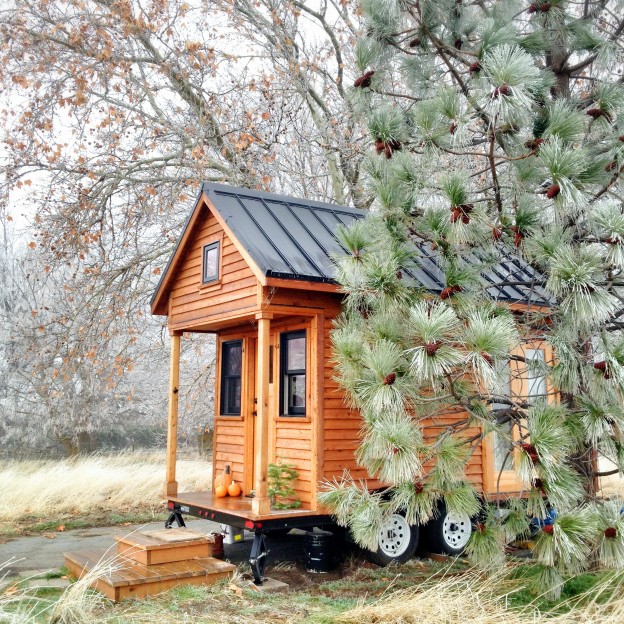Tiny or small house living is becoming more and more popular these days. Tiny houses are usually between 100 to 400 square feet. They are considered much more affordable, more environmentally friendly and allow to have more free time to spend with a family instead of constant maintenance and cleaning. Even though there are a lot of good reasons to live in a small house, it is not for everyone. Let’s take a look at pros and cons of small living.
Cheap. Tiny houses are cheaper to buy, which means smaller mortgage or none at all. Also, utility bills are lower. In addition to that, there is no need to spend a lot of money on furniture.
Less clutter. Because of smaller space, people tend to keep only things they really need and use.
Easy to clean. While traditional size homes can take all day to clean, tiny houses might take only an hour or two.
Environmentally friendly. Small houses require less materials to be built and less energy to power and maintain them. Also, some houses can be powered using solar energy.
Despite all the benefits of small living, there are some drawbacks as well.
Family size and lifestyle. While it might work for a one or two people, such living might not be the best option for family with kids. Also, entertaining might be a challenge.
Storage/closet space. Even though less space means less clutter, you still need place to store clothing and personal things. In this case organization is key.
Water and sewer. If you park your home in an RV campground, you might have access to water and sewage; if not, you will need to figure something out.
Building codes. Even though the house is movable and small, it has to be built according to codes and they need to withstand hurricanes, tornadoes etc.
As you can see, tiny homes are not for everyone; in the end, it’s a personal choice, and for many, the benefits outweigh possible inconveniences.
Flickr Creative Commons: Tammy Strobel (CC BY 2.0)
All photos used under this license.














